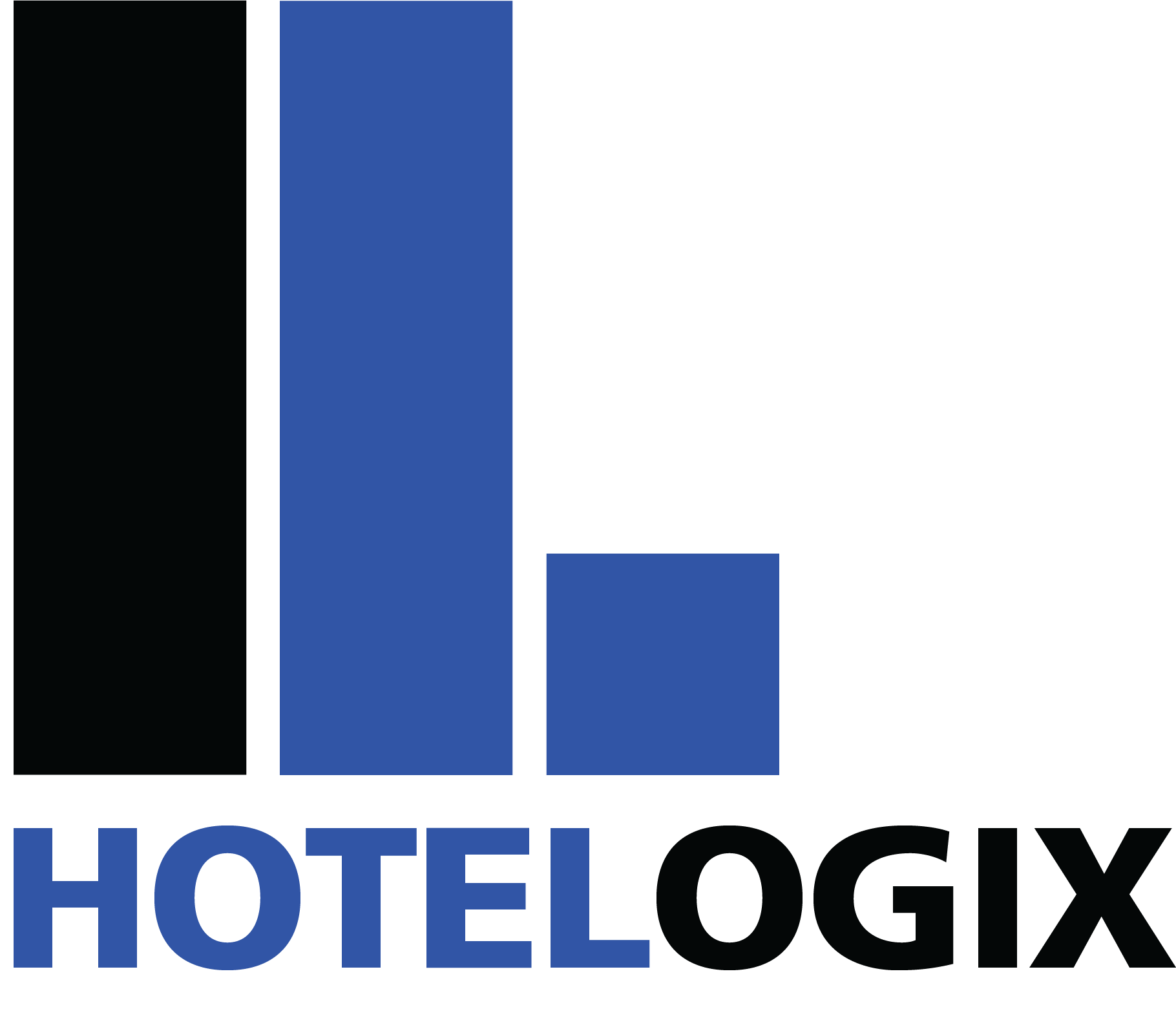Many hoteliers are striving for a high occupancy rate for their properties without realising that selling rooms at low rates to increase occupancy does not mean profitability for the hotel. Hotels need to understand that it is not high occupancy but a high RevPar that they should be targeting. 100% occupancy with a low room rate is not a great achievement. It is important that a hotel has a strong occupancy without compromising on their Average Daily Room Rate (ADR). This is the main indicator on whether the hotel is doing well or not.
Price and length of stay are one of the most important factors for revenue management, and hoteliers need to find the right balance between the 2, to increase occupancy and RevPAR. Hotels should review previous demand cycles and future forecasts to implement dynamic pricing for their rooms. This shall help hotels to adjust their rates as per forecasted demands and attain high occupancy for the hotel. During lean seasons it doesn’t; make sense for the hotels to have high ADR”s but they can average it out during peak seasons and charge more. Hoteliers should just keep in mind that dynamic pricing need to be reviewed and analysed regularly because many external factors can keep changing the demand for hotel rooms in a city.
RevPAR is a better indicator of hotels profitability because it is also an accurate indicator of optimum occupancy. Hotels have fixed and variable expenses, high occupancy also increase variable expenses and hotels need to ensure that their ADRs can cover both the fixed and variable expenses. A high ADR at the wrong time may result in low occupancy thus not covering the expenses of the hotel. Hotels need to ensure that they have a high RevPAR scenario to cover all the costs. Along with higher tariffs, hotels should look at corporate accounts as well as long stay guests who can get more competitive tariffs in lieu of bulk room nights, this shall find the balance between higher room tariffs as well as high occupancy levels.
Another great way in terms of finding the balance between occupancy and ADR’s is minimizing or maximising the length of stay. Hoteliers need to constantly look at their occupancy forecasts and gauge which days are going to be busy and which are leaner. If a hotel knows they have a 3 day MICE event at the hotel, hotels can filter out reservation requests and give preference to guests who want to stay the full 3 days as opposed to 1 night only.
The revenue or hotel managers should focus at their pricing policies and strategise the best way in which they can increase the hotel’s RevPar and maximize profitability for the hotel. This shall ensure that both the ADR and occupancy of the hotel will help hotels achieve their targets.



